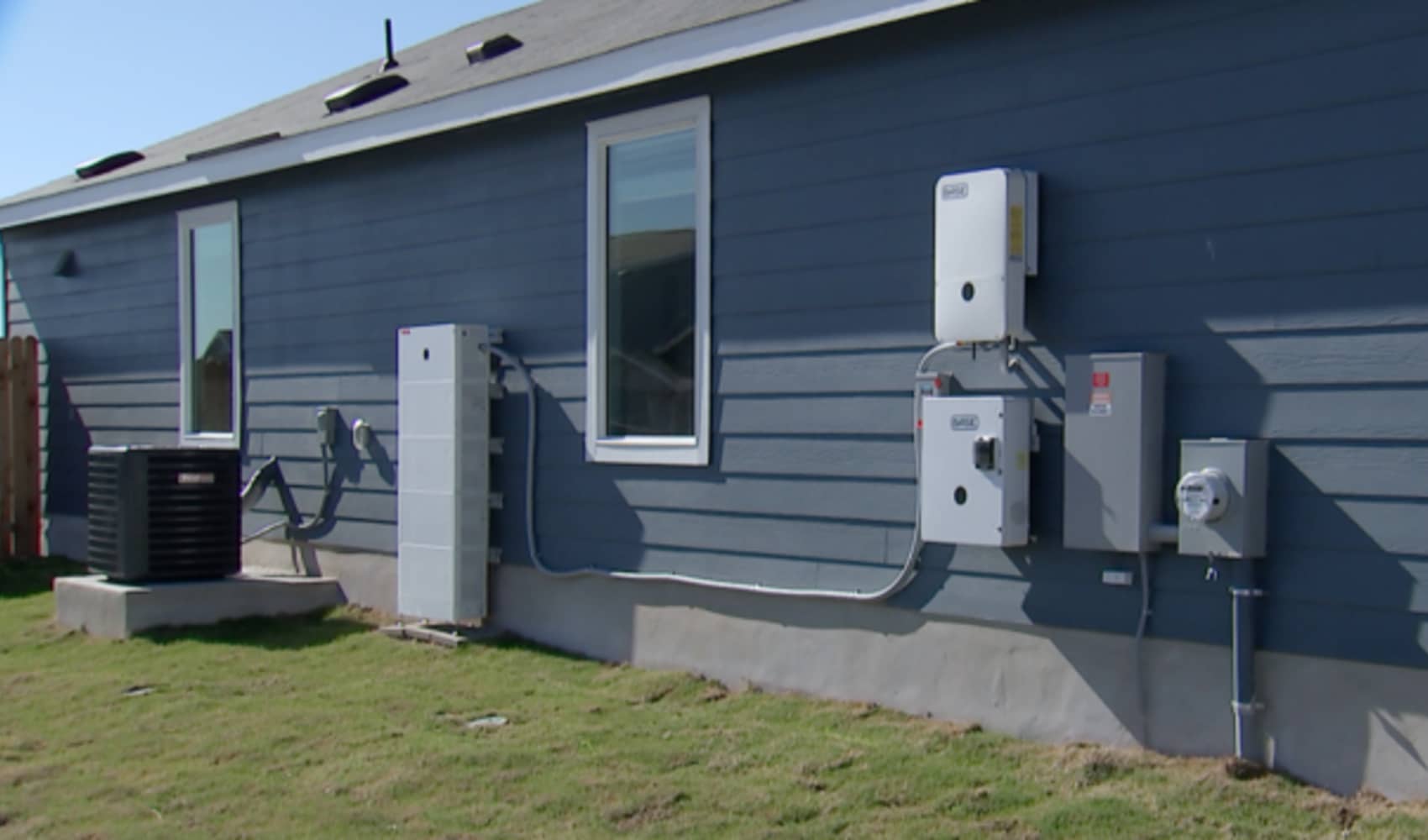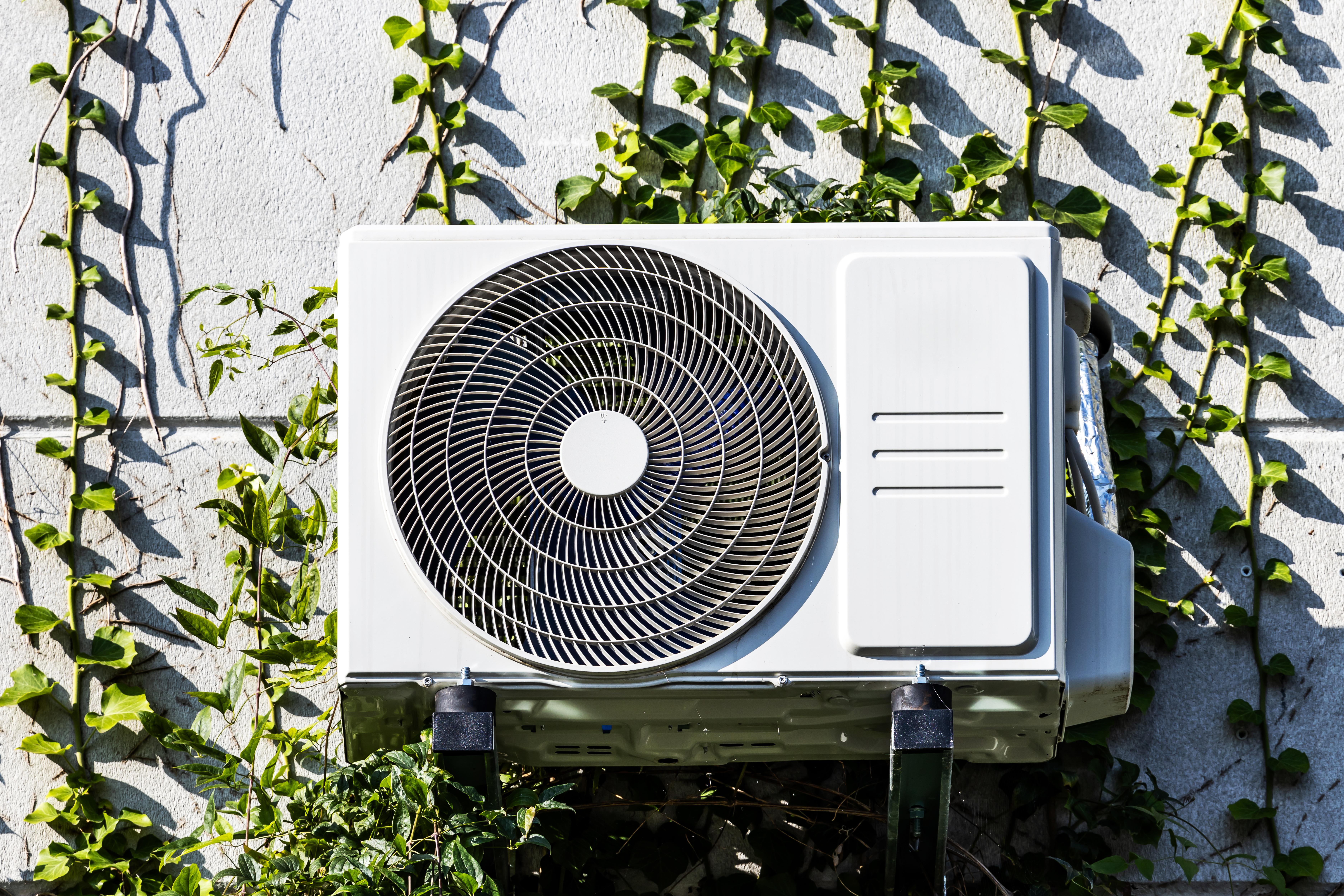Lennar's Bold Bet: Home Batteries for Texas Power Outages
Lennar's Bold Move: Betting Big on Texas Home Battery Backup with Base Power
Introduction: Powering the Future, One Home at a Time
Ever worried about the power going out, especially during those sweltering Texas summers or unexpected winter freezes? You're not alone. As climate change brings more extreme weather, reliable power is becoming less of a luxury and more of a necessity. That's why Lennar, one of the nation's largest homebuilders, is making a strategic play that could change the way we think about home energy. They're teaming up with Base Power to integrate backup batteries into their new homes in Texas. But why this specific partnership? Let's dive into the details.
What is Base Power, Exactly?
Base Power isn't just another battery company. They're building something bigger: a comprehensive energy solution. Imagine a hardware company merged with a virtual power plant. That's essentially Base Power. They provide the physical battery storage for individual homes, but they also manage these batteries collectively through a sophisticated cloud-based system.
The Hardware Component: Batteries for Backup and Beyond
The "hardware company" side of Base Power focuses on the actual battery units installed in homes. These aren't your grandpa's clunky generators. They're sleek, modern, and designed to integrate seamlessly with your home's existing electrical system. These batteries provide immediate backup power when the grid goes down, keeping your lights on, your fridge running, and your family comfortable.
The Virtual Power Plant: A Network of Energy
Now, here's where it gets really interesting. The "virtual power plant" aspect of Base Power is what sets them apart. A virtual power plant (VPP) is a network of distributed energy resources (DERs), like home batteries, that are managed and controlled centrally. This allows Base Power to aggregate the energy stored in these batteries and use it to support the grid during times of peak demand or emergencies. Think of it like a neighborhood watch for energy, where everyone contributes to the overall stability of the system.
Why Texas? The Perfect Storm (Literally)
Texas has become a hotbed for energy innovation, and not just because of its oil and gas industry. The state's deregulated energy market and increasing vulnerability to extreme weather make it an ideal testing ground for new energy solutions. Remember the devastating winter storm Uri in 2021? Millions of Texans lost power for days. That event highlighted the urgent need for more resilient and decentralized energy systems.
The Promise: Saving Money and Staying Powered
Base Power claims homeowners can save money on their electricity bills and gain peace of mind knowing they have a reliable backup power source. How does this work? Here’s the breakdown:
Cost Savings Through Smart Energy Management
Base Power's system can automatically charge the batteries when electricity prices are low (e.g., overnight) and discharge them when prices are high (e.g., during peak afternoon hours). This allows homeowners to take advantage of time-of-use rates and potentially reduce their overall energy costs. It's like buying gas at the cheapest station in town, but for your entire house.
Protection Against Outages and Inconvenience
The obvious benefit of a backup battery is protection against power outages. When the grid goes down, the battery seamlessly kicks in, keeping essential appliances and lights running. This is especially crucial for families with medical equipment or those who work from home and rely on a constant internet connection. No more scrambling for candles or rushing to find a coffee shop with power.
Aging Grids and the Rise of Distributed Energy
Our nation's power grids are aging and increasingly vulnerable to disruptions. Traditional, centralized power plants are often located far from population centers, requiring long transmission lines that are susceptible to damage from storms, wildfires, and even cyberattacks. Distributed energy resources (DERs), like home batteries, offer a more resilient and decentralized alternative. They bring power closer to where it's needed, reducing the strain on the grid and minimizing the impact of outages.
Virtual Power Plants: The Future of Energy?
Virtual power plants are gaining traction as a way to integrate DERs into the grid and enhance its overall stability. By aggregating the energy stored in numerous home batteries, VPPs can provide grid services like frequency regulation and peak shaving, helping to balance supply and demand and prevent blackouts. Think of it as a collective effort to keep the lights on for everyone.
The Competitive Landscape: Who Else is in the Game?
Base Power isn't the only company vying for a piece of the VPP pie. Tesla, SunPower, and other energy companies are also developing home battery solutions and virtual power plant platforms. The market is becoming increasingly competitive, which is good news for consumers as it drives innovation and lowers prices.
Lennar's Perspective: Why This Partnership Makes Sense
For Lennar, the partnership with Base Power is a smart move that aligns with their commitment to innovation and sustainability. By offering homes with integrated backup batteries, Lennar can differentiate itself from other builders and appeal to buyers who are increasingly concerned about energy reliability and cost savings. It’s a value-add that gives them a competitive edge.
The Potential Impact: Transforming the Housing Market
If Lennar's bet on Base Power pays off, it could have a significant impact on the housing market. Other homebuilders may follow suit, leading to wider adoption of home batteries and VPPs. This could ultimately transform the way we generate, distribute, and consume energy, making our homes more resilient, sustainable, and affordable.
Challenges and Opportunities: Navigating the Road Ahead
While the potential benefits of home batteries and VPPs are clear, there are also challenges to overcome. These include:
- High upfront costs: Batteries can be expensive, although prices are coming down.
- Interoperability issues: Different battery systems may not be compatible with each other or with the grid.
- Regulatory hurdles: Existing regulations may need to be updated to accommodate VPPs and other DERs.
Despite these challenges, the opportunities are immense. As technology improves and costs decline, home batteries and VPPs are poised to play a major role in the future of energy.
Consumer Adoption: What Will It Take?
Ultimately, the success of home batteries and VPPs will depend on consumer adoption. What will it take to convince homeowners to invest in these technologies? Factors that will influence adoption include:
- Cost savings: Demonstrating clear financial benefits is crucial.
- Reliability: Consumers need to trust that the batteries will work when they're needed.
- Convenience: The systems must be easy to use and maintain.
- Environmental benefits: Many consumers are motivated by the desire to reduce their carbon footprint.
The Big Picture: Building a More Resilient Future
Lennar's decision to partner with Base Power is more than just a business deal. It's a sign that the energy landscape is changing, and that homebuilders are starting to recognize the importance of resilience and sustainability. By embracing new technologies like home batteries and VPPs, we can build a more reliable, affordable, and environmentally friendly energy future for all.
Conclusion: Powering Up for Tomorrow
Lennar's strategic investment in Base Power reflects a growing recognition of the need for distributed, resilient energy solutions, particularly in vulnerable regions like Texas. Base Power's unique combination of hardware and virtual power plant technology offers homeowners both backup power and potential cost savings, addressing key concerns in a changing climate. While challenges remain, this partnership signals a significant step towards a more sustainable and reliable energy future, one home battery at a time.
Frequently Asked Questions (FAQs)
Here are some frequently asked questions about home batteries, virtual power plants, and the Lennar-Base Power partnership:
-
Q: How long will a home battery power my house during an outage?
A: The duration depends on the size of the battery and your energy consumption. A typical battery can power essential appliances for several hours or even days. Base Power offers different battery sizes to meet varying needs.
-
Q: Can I use my home battery to power my electric vehicle?
A: Yes, many home batteries can be used to charge electric vehicles, although it may take longer than using a dedicated EV charger. Consider the battery's capacity and your EV's charging needs when planning to use it for this purpose.
-
Q: How does a virtual power plant benefit the electric grid?
A: A virtual power plant aggregates the energy stored in numerous batteries and other distributed energy resources. This allows it to provide grid services like frequency regulation and peak shaving, helping to stabilize the grid and prevent blackouts. It's a bit like many small streams forming a powerful river, capable of moving mountains!
-
Q: What happens to the battery at the end of its lifespan?
A: Reputable battery manufacturers, including Base Power, offer recycling programs to ensure that batteries are disposed of responsibly. This helps to recover valuable materials and prevent environmental contamination.
-
Q: How much does a home battery system typically cost?
A: The cost of a home battery system can vary depending on the size, features, and installation costs. However, prices have been steadily decreasing in recent years, making them more accessible to homeowners. Contact Base Power or a qualified installer for a customized quote.

